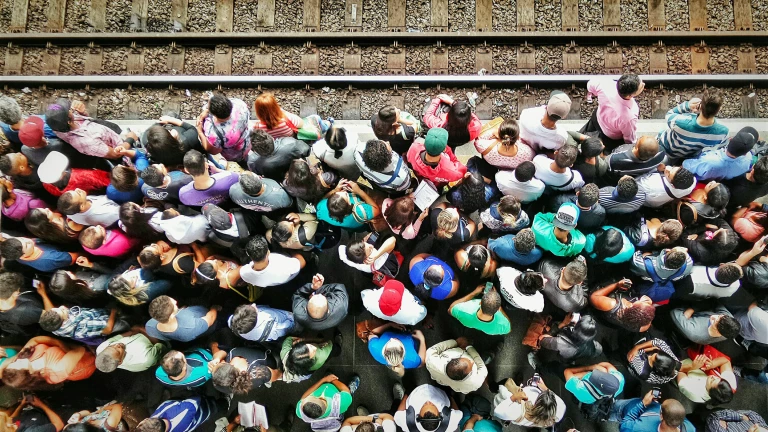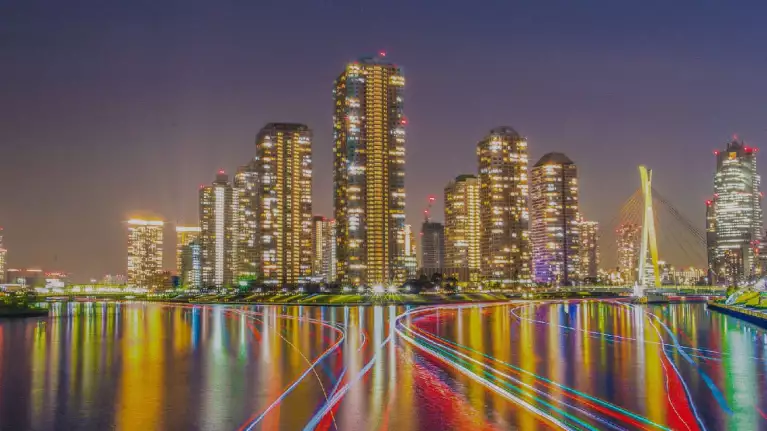The world’s megacities are facing many challenges.
In the last few weeks alone:
- Delhi and Lahore have shut schools due to air pollution.
- Mexico City has restricted water supplies due to drought.
- London’s mayor has called for urgent investment in new housing.
- Tokyo has launched a commuter ferry service to reduce congestion on its railways.
While there are specific reasons behind each of these developments, there is also a common theme: the density of the populations is putting huge pressure on existing infrastructure and resources.
The So What
By 2030, the United Nations estimates that megacities—those with more than 10 million residents—will be home to more than 750 million people, a 35% increase from today.
“Over the next 10 to 15 years we will see sustained migration, primarily in Asia and Sub-Saharan Africa, as the number of megacities in the world rises from 34 to 50 or so,” says Suresh Subudhi, a BCG managing director and senior partner who also co-leads the Global Center for the Future of Cities and Center for Mobility Innovation.
“It’s an outsized problem that urgently needs addressing to ensure liveability. While the scale of challenges may seem daunting, it’s important to remember that these cities are also home to enormous talent pools who are able to find solutions.”
These are just three of the major challenges:
- Equity. Maintaining quality of life means everyone needs access to essential services such as healthcare, transport, education and digital infrastructure. As cities grow, it becomes increasingly difficult for governments to provide those services, and patchy delivery may emerge.
- Sustainability. Megacities are resource guzzlers and generate a lot of waste and pollution unless circularity and sustainability are embedded into the DNA of the city. By reducing their carbon footprint, cities can also protect themselves against climate change.
- Affordability. From refuse workers to doctors, functioning cities require people from all economic strata. When key workers can only afford to travel in from outside, the services they provide become more expensive and less available.
Now What
While there are no simple fixes, below are a few examples of how the private and public sectors can work together to innovate and start reshaping the future of cities.
- Polycentric Cities. This is where each city has self-contained districts for residents to work, live and play, breaking from traditional structures with separate business districts and suburbs. Sydney is an example of a city aiming to develop multiple centers. Despite the complexity of creating mixed-use developments or repurposing existing buildings, this is the key path to avoid millions of people traveling significant distances between work and home, Subudhi explains.
- Mobility as a Service. Most cities have multiple transport methods which reach capacity at different times of the day. Cities can use technology to channel people toward public transit corridors, and optimize the use of those corridors to avoid congestion at peak times and prioritize sustainability. This is complex for governments to orchestrate, but there are existing examples of successful integrated mobility services, most notably in some Nordic countries, Subudhi notes.
- Talent as a Market Maker. Attracting talent also attracts much-needed capital to the city. Companies are increasingly carrying out holistic evaluations of office locations, assessing factors such as transport links, air quality, and available housing. They can then partner with city planning officials and real estate firms to ensure the right services and amenities are provided.
- Metacities. This is when a group of cities cluster near each other, and are connected by high-speed transport and digital highways. The benefit is that each city is relatively easier to manage while the region still benefits from the economic growth that comes with scale. The Pearl River Delta Area in China is an example of a metacity. Subudhi says that this is perhaps how future megacities will continue to expand over the next 40 or 50 years.






